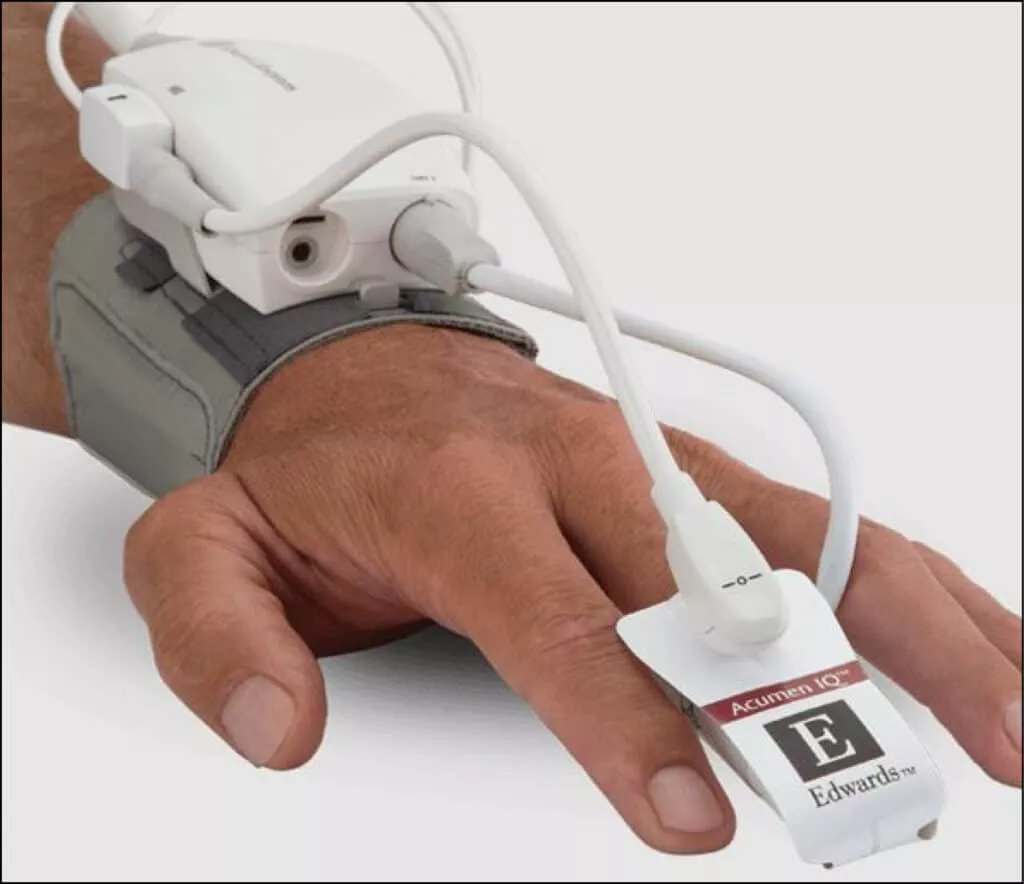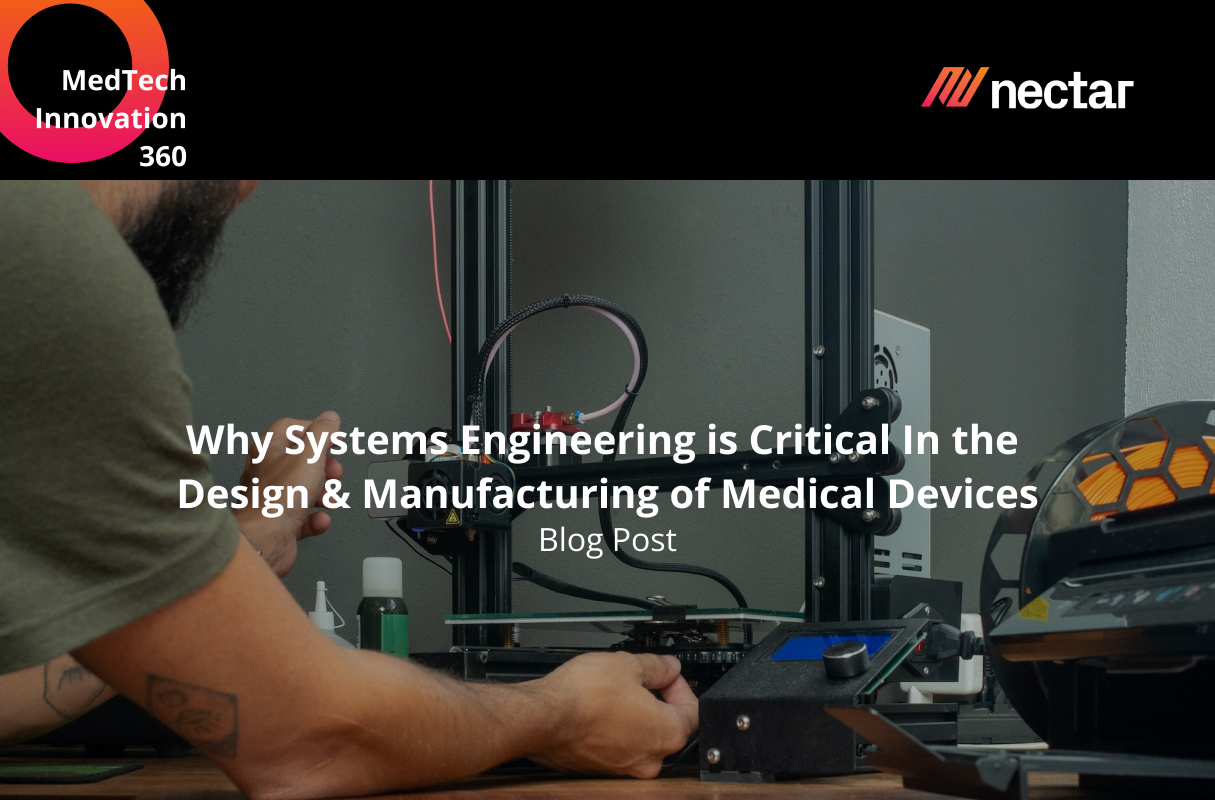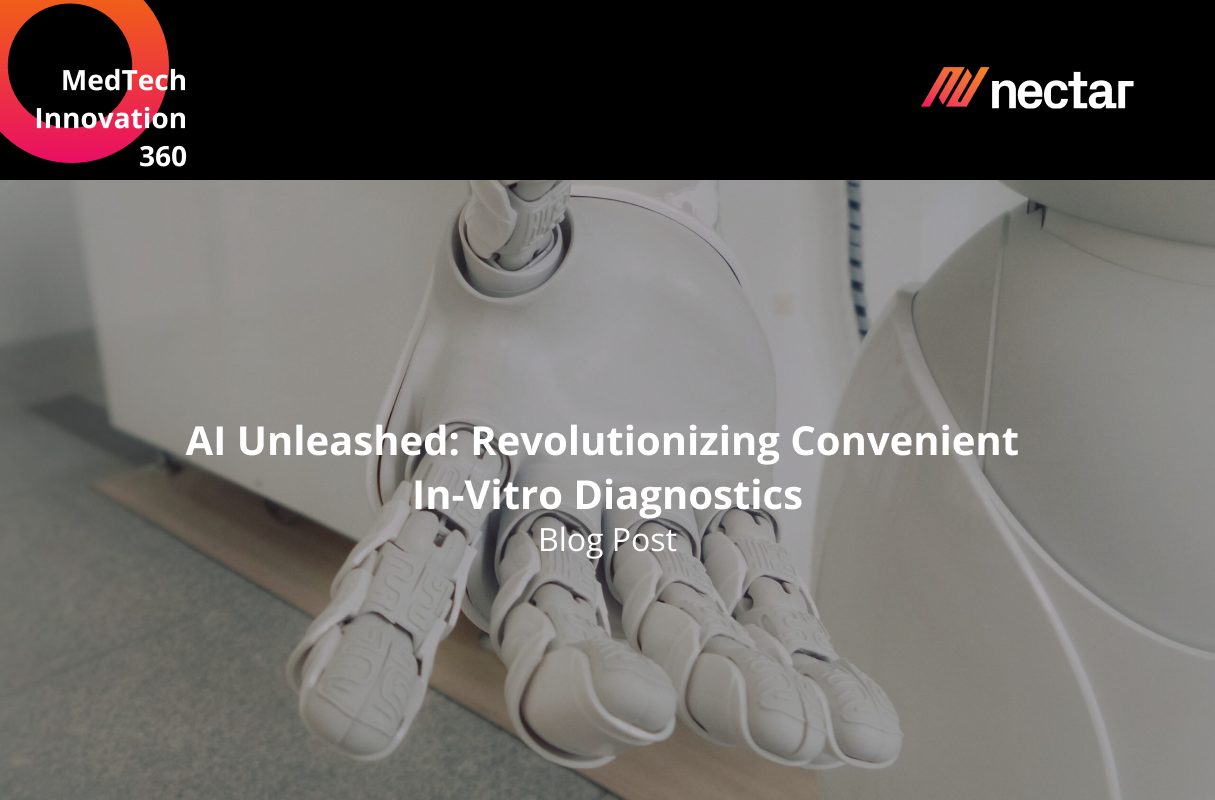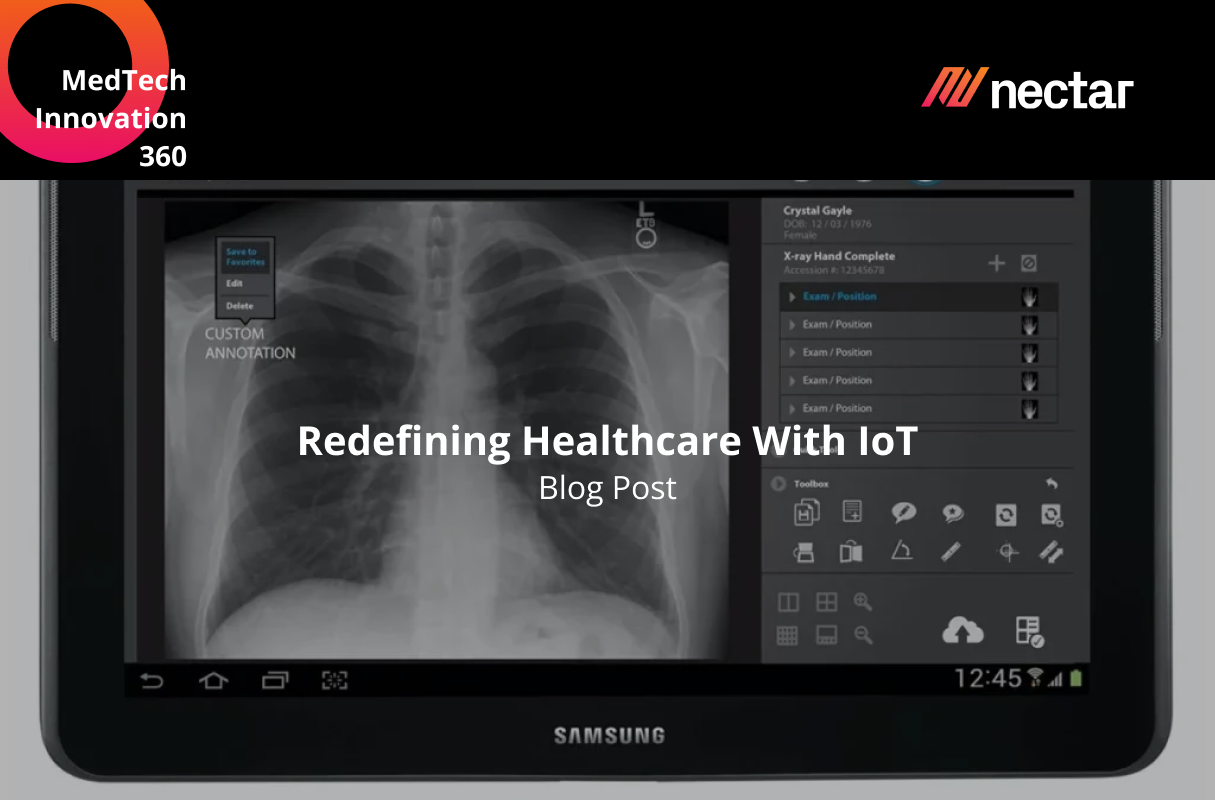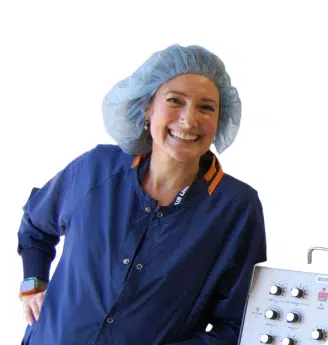In today’s fast-paced technological landscape, electronic devices have seamlessly integrated into our daily lives. However, amidst this rapid advancement, there exists an often-overlooked challenge: Electromagnetic Interference (EMI). EMI occurs when electronic devices are exposed to electromagnetic fields, potentially disrupting their functionality and posing safety hazards. In this comprehensive article, we will delve into the multifaceted realm of EMI, its profound implications for critical applications, and strategies for effective mitigation, with a special focus on IEC 60601-1-2 compliance.
Understanding Electromagnetic Interference (EMI)
Electromagnetic Interference, or EMI, is the disruptive interference caused when electronic devices are exposed to electromagnetic fields. Virtually any device with electronic circuitry can fall prey to EMI, and with the proliferation of increasingly complex electronic devices, EMI has emerged as a pressing concern.
To comprehend the depth of this challenge, consider an example from the medical field. A hospital’s monitoring equipment, including vital signs monitors and MRI machines, relies heavily on electronic components. If these devices experience EMI, it can lead to erroneous readings or malfunctions, endangering patient health. Hence, understanding and mitigating EMI is crucial in such critical applications.
EMI Testing and Certification
One vital aspect of EMI mitigation, especially in critical applications, is rigorous testing and certification. Organizations must ensure that their devices comply with industry-specific standards and regulations. EMI testing involves subjecting electronic devices to various electromagnetic conditions to assess their susceptibility and emissions. This process helps identify potential issues and allows for necessary adjustments during the development phase. Additionally, obtaining certifications, such as FCC compliance for wireless devices or IEC 60601-1-2 compliance for medical devices, is essential to gain market clearance and maintain credibility. Nectar’s experienced engineers are well-versed in the intricacies of EMI testing and certification, ensuring that your products meet the required standards.
Evolving EMI Challenges in the IoT Era
As we enter the era of the Internet of Things (IoT), the landscape of EMI is evolving. With a multitude of interconnected devices communicating wirelessly, the potential for EMI-related disruptions is on the rise. For example, in a smart home environment, interference from one IoT device can impact the performance of others, affecting the overall user experience. This necessitates a proactive approach to EMI mitigation in IoT product development. Engineers must not only consider individual device susceptibility but also the complex interactions within IoT ecosystems. Addressing these challenges requires innovative solutions and expertise in wireless communication and IoT device design.
Nectar’s Holistic Approach to EMI Mitigation
Nectar takes a holistic approach to EMI mitigation, recognizing that it extends beyond mere compliance. Our comprehensive services encompass the entire product development lifecycle, from concept to market launch. We collaborate closely with our clients to understand their specific needs and tailor EMI mitigation strategies accordingly. Whether you’re developing medical devices, industrial automation systems, or cutting-edge IoT solutions, our seasoned team of engineers brings a wealth of experience to the table. We emphasize the importance of early-stage EMI considerations, iterative testing, and continuous improvement to ensure that your devices not only meet regulatory requirements but also exceed performance expectations. By partnering with Nectar, you gain a trusted ally in navigating the complexities of EMI mitigation in today’s dynamic technological landscape.
EMI in Critical Applications: A Vital Consideration
Within critical applications in the medical, scientific, and industrial sectors, understanding EMI is paramount. Engineers must grasp how electromagnetic energy in the product environment can induce interference, resulting in temporary disruptions, data loss, and, in advanced systems, even jeopardizing lives.
Let’s explore a scenario in the industrial sector. An automated manufacturing plant employs various robotic systems for precision tasks. EMI can interfere with the control systems of these robots, leading to costly production errors, downtime, and maintenance expenses. Thus, mitigating EMI becomes an essential aspect of maintaining operational efficiency and minimizing financial losses.
Sources and Manifestations of EMI
EMI can manifest in various forms, stemming from both human-made and natural sources. Man-made EMI often arises from continuous signal sources, while natural EMI can originate from cosmic phenomena like lightning and other atmospheric disturbances. When designing intricate devices with interconnected subsystems, addressing electrostatic discharge is virtually inevitable.
Consider an example in the scientific field. A laboratory conducting sensitive experiments relies on electronic instruments to collect and analyze data accurately. Even a minor EMI event, such as a nearby lightning strike, can corrupt the data and render months of research invalid. This highlights the need for robust EMI mitigation strategies in research environments.
EMI Susceptibility in Medical Devices: A Growing Challenge
The ever-evolving landscape of technology, particularly in medical devices, has escalated EMI susceptibility, raising concerns about patient safety. EMI can render devices nonfunctional, posing fire hazards in oxygen-enriched environments during patient treatment. To safeguard clinical environments from EMI-induced disturbances, electrical engineering teams must take proactive measures to prevent, detect, and rectify EMI issues.
Let’s delve deeper into the medical field. Imagine a scenario in which a life-supporting medical device, such as a ventilator, experiences EMI due to electromagnetic interference from nearby electronic equipment. In such a critical situation, the patient’s life is at risk. Proactive EMI mitigation measures, including shielding, filtering, and compliance with standards like IEC 60601-1-2, are essential to prevent such life-threatening events.
Proactive EMI Mitigation: An Essential Design Approach
In the realm of electronic design, proactive EMI mitigation is imperative from the outset. This strategic approach acts as a protective shield against disruptions caused by electromagnetic fields, ensuring device functionality and integrity. By adopting preemptive measures, engineers can not only avert EMI-related challenges but also identify and resolve interference-induced disturbances before they escalate. This proactive stance guarantees seamless device operation, upholding reliability and performance while minimizing costly revisions and delays.
Let’s examine the implications of proactive EMI mitigation in the industrial sector. A company specializing in automated control systems for manufacturing plants decides to integrate EMI shielding and filtering components into its designs from the initial stages. As a result, the control systems are less susceptible to EMI, leading to increased production efficiency and reduced maintenance costs.
Challenges in PCB/PCBA Development due to EMI
Effective EMI mitigation necessitates experienced engineers and a development team equipped with the requisite quality management system. Compliant devices are integral to medical device design, impacting product cost and market clearance timing. Nectar boasts seasoned engineers with extensive expertise in electronic hardware, sensors, PCB design and assembly, firmware integration, and software engineering. This breadth of skills enables us to provide companies with an external resource dedicated to addressing board development challenges.
Consider a scenario in which a startup specializing in wireless communication devices faces challenges in obtaining FCC certification due to EMI issues. Partnering with Nectar, a team of experts in EMI mitigation and compliance, helps the startup identify and rectify EMI-related shortcomings, expediting their product’s market entry.
Emerging Technologies and EMI Challenges
As technology continues to advance, new and emerging technologies bring unique EMI challenges. For example, the adoption of 5G networks and the development of autonomous vehicles introduce novel sources of electromagnetic interference. These technologies demand specialized EMI mitigation solutions to ensure their safe and reliable operation. Engineers and researchers are constantly exploring innovative approaches to address these challenges, emphasizing the importance of staying at the forefront of EMI mitigation research and development. Nectar’s commitment to staying abreast of emerging technologies positions us as a trusted partner for organizations navigating the ever-evolving landscape of EMI challenges. By embracing cutting-edge solutions, we help our clients achieve not only compliance but also a competitive edge in their respective industries.
With this additional paragraph, the article continues to provide valuable insights into the evolving landscape of EMI challenges, particularly in the context of emerging technologies such as 5G networks and autonomous vehicles.
Leveraging Expertise: Partnering with Nectar for IEC 60601-1-2 Compliance
In today’s evolving landscape, resource allocation, scaling, and budgetary considerations are paramount. Rather than burdening your internal team, consider partnering with a design house like Nectar to mitigate the risks associated with successful EMI/EMC testing, especially in the context of IEC 60601-1-2 compliance.
For a medical device manufacturer striving to meet IEC 60601-1-2 standards, collaborating with Nectar offers a streamlined approach. Our team’s extensive experience in compliance and thorough understanding of EMI-related challenges ensures that your devices not only meet regulatory requirements but also maintain the highest levels of patient safety and operational reliability.
In Summary
In the dynamic world of modern electronics, understanding and mitigating Electromagnetic Interference is critical for ensuring device reliability, patient safety, and overall project success. By collaborating with seasoned experts, companies can navigate the intricate EMI landscape, develop compliant devices, and bring their innovations to market while minimizing risks and delays, all while adhering to standards such as IEC 60601-1-2.
With a focus on proactive EMI mitigation, compliance, and the unique challenges faced in critical applications, organizations can ensure the seamless integration of electronic devices into our ever-advancing technological landscape.

